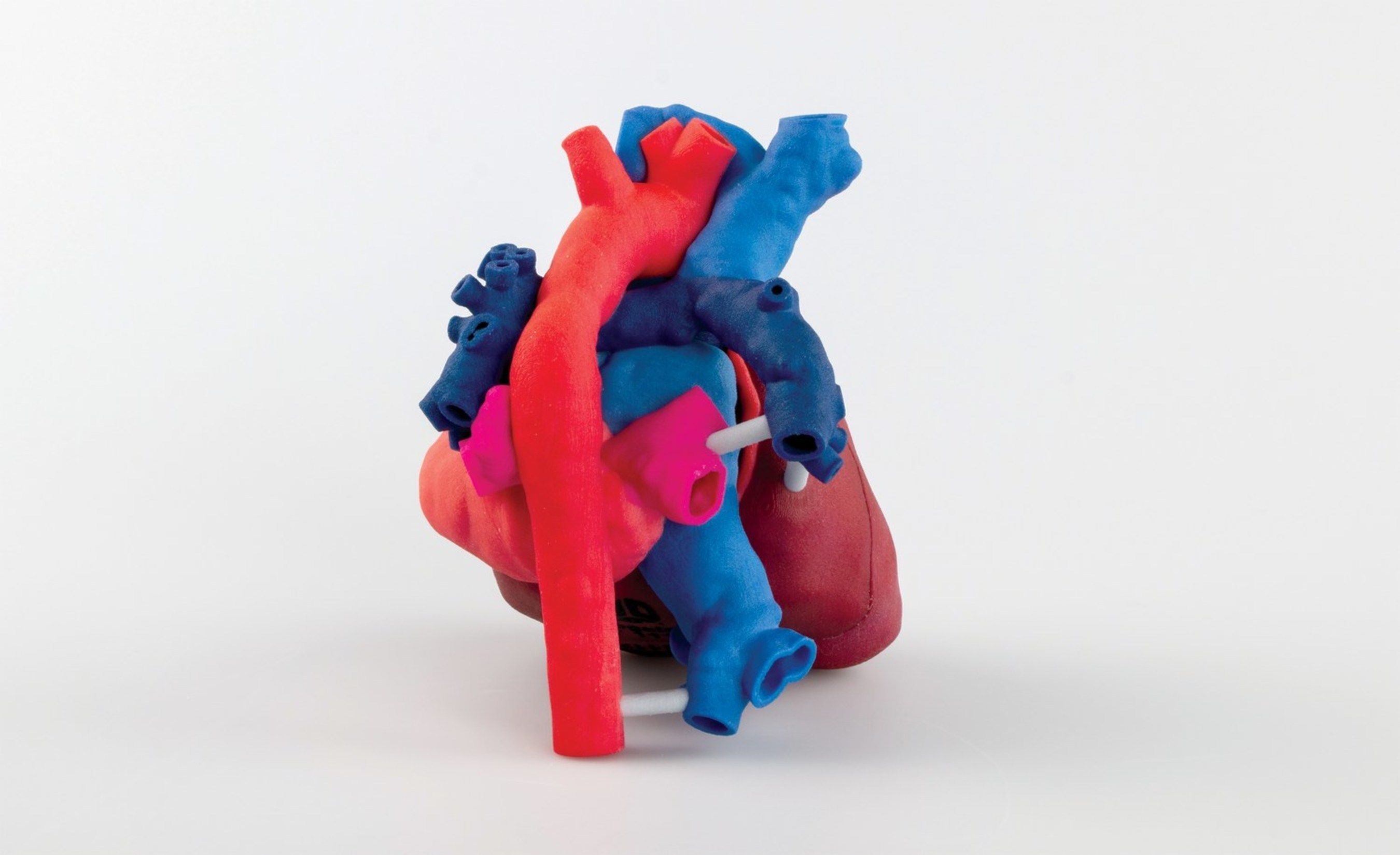NASA Awards $2.3 Million in Grants to Minority Serving Institutions to Expand STEM Education

NASA’s Minority University Research and Education Program (MUREP) Aerospace Academy (MAA) has selected seven Minority Serving Institutions (MSIs) for cooperative agreement awards totaling nearly $2.3 million. The grants will be used to build the interest, skills and knowledge necessary for K-12 students to pursue science, technology, engineering, and mathematics (STEM) careers.
These selections will increase the participation and retention of historically underserved and underrepresented youth in grades K-12 through hands-on STEM activities. Awardees will receive up to $325,000 for a two-year period.
The selected institutions are:
- Albany State University, Georgia: Albany State University will advance excellence in out-of-school learning time for underrepresented and underserved students in grades 6-12. Specific strategies include professional development for teachers and the development of a project-based STEM curriculum that focuses on NASA mission themes of Aeronautics and Mars exploration. This project will include the infusion of space science and engineering, physics, mathematics, biology, chemistry, computer programming, artificial intelligence and machine learning into middle and high school curricula, affecting 1,600 middle and high schools in the region.
- California State University, Fresno: California State University, Fresno, will focus on increasing STEM interest, engagement, literacy and skills among approximately 3,000 underserved students in grades 1-12. The university will partner with various organizations to conduct an evaluation and lay the groundwork for STEM engagement throughout California, and Fresno State student teachers will integrate NASA-themed experiential learning opportunities into expanded learning programs for afterschool, Saturday and summer activities. Their efforts also will focus on activities that increase STEM awareness among parents of students and will link families to STEM resources. The program will incorporate NASA resources, such NASA Smartphone Apps, NASA Wavelength (a site for Earth and space education), and materials available through the university’s NASA Educator Resource Center.
- Elizabeth City State University, North Carolina: Elizabeth City State University (ECSU) will conduct a comprehensive outreach program for K-12 education in rural northeastern North Carolina. ECSU will adopt a grade-appropriate NASA curriculum to enhance authentic and experiential learning experiences through the integration of 3D printing technology, virtual reality simulation, unmanned aerial vehicle (UAV) design, mobile robotics, computer programming, and sensor-based measurement systems. The project will extend learning to local school districts through the use of a state-of-the-art mobile aerospace education lab. The hands-on activities will inspire and engage students in problem-based learning and scientific inquiry. This collaborative project is expected to directly impact at least 1,450 students.
- Navajo Technical College, Crownpoint, New Mexico: Navajo Technical University (NTU) proposes to develop a robotics academy in partnership with the newly established Bond Wilson Center for Technologies in Kirtland, New Mexico. This new partnership provides high school students from tribal reservation communities advanced classes in aerospace manufacturing, unmanned aircraft systems, conceptual design and planning, and employee skills development. The NTU robotics academy will provide students with a stimulating environment to unleash their curiosity and creativity in information technology and STEM. NTU will partner with Southwestern Indian Polytechnic Institute’s training faculty and interns at their year-round robotics center to leverage existing NASA projects. The university also will develop an experiential learning robotics syllabus that is respectful to traditional Navajo culture and transportable to other tribal serving institutions.
- Tennessee State University, Nashville: Tennessee State University (TSU) will create a STEM curriculum based on three thematic modules, each containing problem-based learning methods enriched with hands-on instructional strategies. This program will capitalize on the NASA Aerospace Education Laboratory, which provides a flight simulator, inflatable planetarium, drones, robotics, Ozmo Coding, immersive virtual reality technology, and a computer lab with NASA software. The project will expand its reach by increasing capacity through a strategic partnership with elementary and middle schools from the Metropolitan Nashville Public School District.
- Texas State University, San Marcos: Texas State University, San Marcos, will offer early STEM learning experiences for upper elementary and middle school students, family engagement, and professional development for teachers in central Texas. The university will offer students and families resources in both English and Spanish, and instructional strategies that value the culture and multilingual skills of the majority of participants. The university will offer a STEM professional development program to teachers in the local school district, who will serve as program instructors. In addition, they will measure the program’s impact on participating students and teachers.
- The University of Texas at El Paso: The University of Texas at El Paso (UTEP) will expand its reach to severely underserved areas of El Paso County by forming a collaborative alliance with the United Way and Lockheed Martin Space Systems. This alliance will implement three new dedicated tracks of study to empower young thinkers to explore research, experimentation, and the engineering design process that will culminate in a capstone project.
MUREP investments enhance the academic, research and technological capabilities of MSIs through multiyear grants. The MUREP Aerospace Academy provides opportunities for participatory and experiential learning activities in formal and informal education settings to connect learners to unique NASA resources.
NASA provides financial assistance to minority serving institutions with MUREP’s competitive awards. These institutions recruit and retain underrepresented and underserved students, including women, girls, veterans and persons with disabilities, into STEM fields.
For additional information on the MAA awards, visit:
For information about NASA’s education programs, visit:
https://www.nasa.gov/education
-end-




